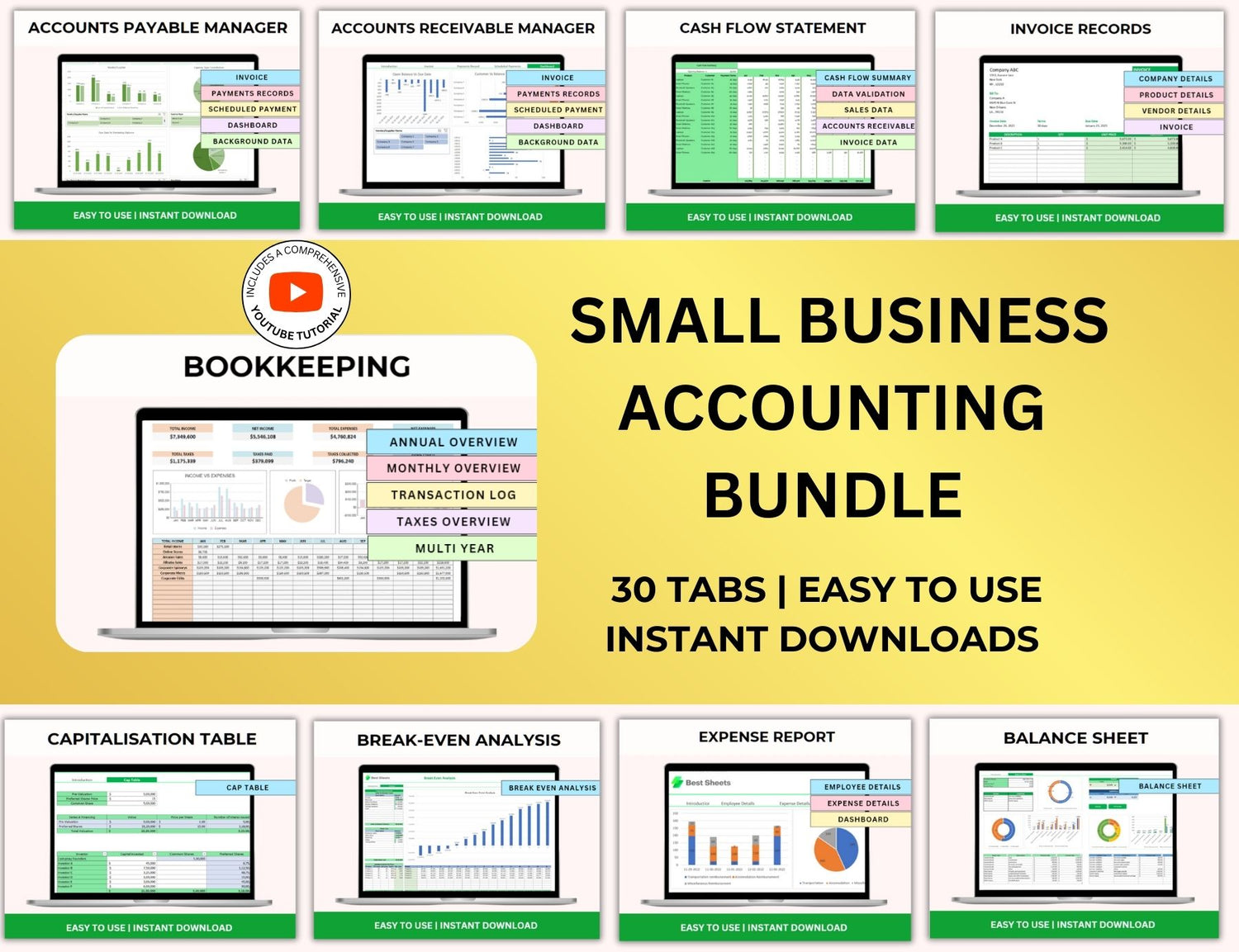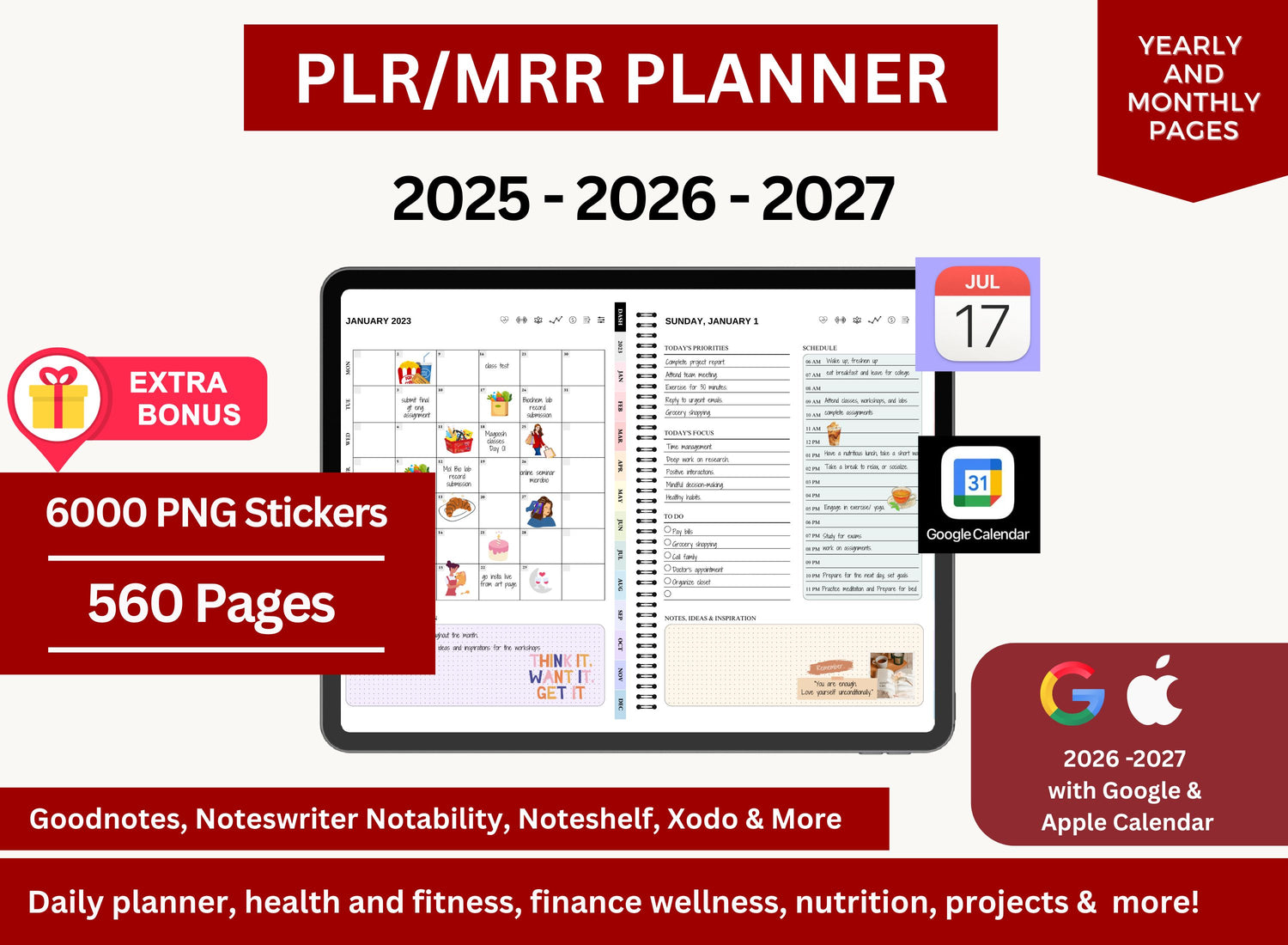12 Daily Check-ins That Will Keep Your Team Aligned
Keeping a team aligned sounds simple enough, right? Communicate clearly. Stay on task. Don’t let things slip. But if you’ve ever been part of a project—especially a fast-moving one—you know how quickly even small misalignments snowball. A missed update. An assumption. A task that’s “almost done,” but, well… not really.
This is where daily check-ins come in. Not the stiff kind where everyone robotically repeats their status, but the kind that actually helps people stay on the same page. The right check-ins can keep your team grounded, motivated, and (mostly) sane—even when the project itself is a bit chaotic.
Let’s walk through 12 types of daily check-ins that, when used thoughtfully, can keep things running smoothly. Not every check-in needs to happen every day (that would be... exhausting), but having a toolkit of these is like having a reliable project plan template in your back pocket.
TL;DR
| Check-In | What It Does |
|---|---|
| 1. Daily Standup | Keeps everyone looped in on tasks and blockers |
| 2. “Are We on Track?” Pulse | Quick status gut-check to catch early drift |
| 3. Async Updates | For teams that don’t love meetings. Log updates in a shared project management template Excel |
| 4. Micro-Retrospective | Daily mini-lessons from what didn’t go well |
| 5. Priority Realignment | Reconfirms what matters today, not last week |
| 6. “Ask Me Anything” Round | Opens space for clarity and curiosity |
| 7. Red Flag Call-Out | Lets risk warnings fly before they become fires |
| 8. One Win Share | Boosts morale and keeps momentum visible |
| 9. “Who’s Stuck?” Moment | Flags overload or hidden friction. Adjust task loads in your project tracker Excel template |
| 10. Schedule Snap | Visual reminder of what’s due and when |
| 11. “What’s Missing?” Check | Surfaces blind spots or forgotten tasks |
| 12. Personal Pulse | Humanizes the process—check in on people, not just work |
1. The Daily Standup (But Make It Meaningful)
You’ve heard of this one. It’s the classic “what I did yesterday, what I’m doing today, what’s blocking me” format. And yes, it can feel repetitive.
But when done right—brief, honest, and without posturing—it works. It keeps everyone informed and creates a rhythm for the team.
Tip: If your team is remote, use a recurring thread in Slack or Teams. If it’s in person, literally stand up. It keeps things short and focused. Try pairing this with a simple project tracker excel template so you can quickly spot misalignments.
2. The “Are We Still on Track?” Pulse
Sometimes, what you need is a simple question: Are we still on track?
This one’s less about granular updates and more about stepping back. It’s a sanity check. A moment to say, “Wait… are we drifting?” If someone hesitates to answer, that’s usually a sign.
This check-in works especially well when aligned with a project management schedule template that lays out milestones. You can glance at the Gantt chart, then ask the team where the pressure points are.
It’s not about finger-pointing. It’s about clarity. A shared understanding of what’s working and what’s slipping.
3. The Quiet Sync (Async Check-ins)
Not everyone wants—or needs—a meeting.
An asynchronous check-in lets team members update a shared doc, task board, or even a channel message with what they’re working on. You can use something like a project management template Excel sheet to track progress.
It’s low pressure, but still keeps the accountability flowing.
Also, let’s be honest: not everyone thinks best out loud at 9:00 a.m. before they’ve even finished their coffee. Async gives people space.
(Sample of a Kanban board tracker template for project management.)
4. The Micro-Retrospective
This one isn’t a full-on retrospective. Think of it more like a tiny post-mortem... while things are still alive.
Once a day, maybe at the end of the day or just once a week if that’s more your speed, ask: What’s one thing that could’ve gone better today?
It might sound small, but repeated daily, it helps build awareness and adaptability. The team starts adjusting in real-time rather than waiting for a wrap-up meeting no one really wants to attend.
You can even log this in your project plan template Excel—perhaps in a “lessons learned” or “risks/observations” column. It adds up.
5. The Priority Realignment
Every morning (or every other), someone asks: Are these still the right priorities?
Because here’s the thing: priorities shift. And if you don’t pause to catch the change, the team can keep working hard… on the wrong thing.
This is especially helpful if your team uses a gantt chart template or Excel task tracker template to visualize workflows. Look at the schedule, and then ask if what people are doing actually matches it.
(It doesn’t always. That’s okay. Just catch it early.)
6. The “Ask Me Anything” Round
This one’s underrated.
Each day—or once a week—designate 5-10 minutes for open Q&A. Anyone can ask a question, any question. About the project, the timeline, the reasoning behind a decision, or even who’s responsible for what.
No formal agenda. Just space to ask.
This clears up confusion before it festers. It also reminds people they’re allowed to not know everything.
Sometimes we forget how often team members quietly sit on uncertainties, hoping they’re just missing something obvious. (They’re usually not.)
(Sample of a client tracker template with an inclusion for leads management.)
7. The Red Flag Call-Out
Invite people to raise red flags early. Give it a name—"red flag round" or “caution call.” Normalize calling out potential risks, no matter how small or hypothetical.
In fact, the more hypothetical, the better. It shows the team is thinking ahead.
Pair this with your project management plan template, and highlight areas that might need a contingency plan. Maybe your gantt chart Excel file already has a buffer. If not… well, now might be a good time to build one.
8. The “One Win” Share
Start or end the day with a quick: What’s one win from today?
It can be small. Someone fixed a bug. Got through a backlog. Sent an email that’s been sitting in drafts for a week. Doesn’t matter.
This one’s about morale. Momentum.
Because project tracking isn’t just about the big deliverables. The little stuff? It adds up. Especially when the team’s in the middle of something messy or long-term.
(Also, this is a subtle way to track progress in your project tracker Excel template, especially if it’s broken down by daily tasks.)
9. The “Who’s Stuck?” Moment
It’s different from blockers in the daily standup. This is more like: Who feels overwhelmed? or Who hasn’t had time to breathe?
Sometimes, people won’t say they’re blocked… but you can tell they’re barely keeping up.
This is where empathy matters. If one person is overloaded, it affects the entire timeline. You don’t need to solve it right away. Just acknowledging it starts the process.
And again, your excel task tracker template can back this up. Are they listed on 12 tasks today while others have 3? There’s your sign.
(Sample of a networking tracker tab in a project management template bundle designed for managers and teams.)
10. The Schedule Snap
Pull up the project schedule template Excel and spend 90 seconds scanning it together. What’s due this week? What’s shifted? What’s dangerously close to being late?
Sometimes, seeing the entire timeline in front of you makes the stakes feel real again.
Even a casual glance at the gantt chart format helps. Not everyone’s naturally good at visualizing time. A chart makes it tangible.
(You can also project a project management template PPT slide during team huddles. It’s a quick visual cue without a deep dive.)
11. The “What’s Missing?” Check
Ask: Is there anything no one’s talking about?
It’s weirdly powerful.
Because teams often get hyper-focused on what’s visible—tasks, tickets, deadlines—but forget to think about blind spots. Maybe a dependency slipped through. Maybe a stakeholder hasn’t been updated in two weeks. Maybe documentation is a mess.
These are the quiet cracks that slowly widen.
Taking 60 seconds to surface what’s missing—intentionally—keeps things from falling through.
12. The Personal Pulse
Last but definitely not least, make space for people to say how they’re doing. Not just how the project is going, but how they are doing.
Burnout creeps up. Tension builds. People push through, thinking they have to.
So once a day—maybe at the end—check in on energy, clarity, confidence. Doesn’t have to be deep. Even a simple “1 to 10, how are you today?” works.
And if someone says “4,” don’t rush to fix it. Just make space for it. That’s usually all they need.
(Sample of a sales pipeline tab in a sales tracker template for project management.)
Now, this isn’t a call to schedule twelve meetings a day. (Please don’t.) It’s about creating micro-moments of alignment—in whatever format works for your team.
Use templates to support the process. A solid project management template Excel, a clear gantt chart template, or a clean project plan template gives you the structure. But the actual alignment? That comes from honest, frequent communication.
It’s kind of like driving. The GPS helps, sure. But you also check the mirrors. You listen to the engine. You look ahead, and behind, and sometimes you even slow down just to make sure nothing’s gone off track.
If you want a starting point, look for a project tracker Excel template that includes sections for daily notes, blockers, task owners, and due dates. Or grab a project management template PPT if your team prefers visuals over spreadsheets.
There are plenty out there—but the goal isn’t perfection. It’s rhythm. Consistency. Awareness.
And a little grace, when things get messy. Because they will. That’s part of the process.
If you’re managing projects regularly, tools like the Project Management Excel Templates from PLR Duck can be a huge time-saver. They come pre-built with Gantt chart formats, trackers, and even a few templates tailored for team collaboration. I’ve tried them—and while no template can run your team for you, having a clear visual really helps anchor the conversation.
So, which check-in will you try tomorrow? Maybe not all 12. But even adding just one might shift your team from “barely aligned” to actually working in sync.
And honestly, that’s where the real momentum starts.










